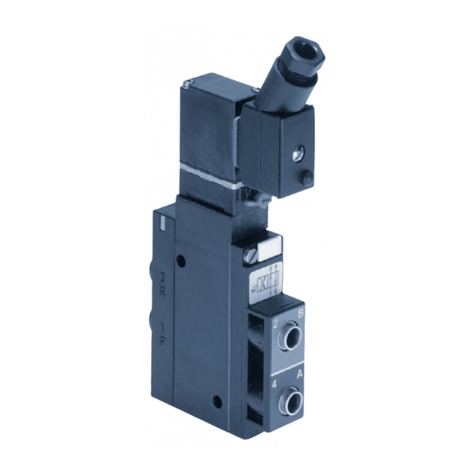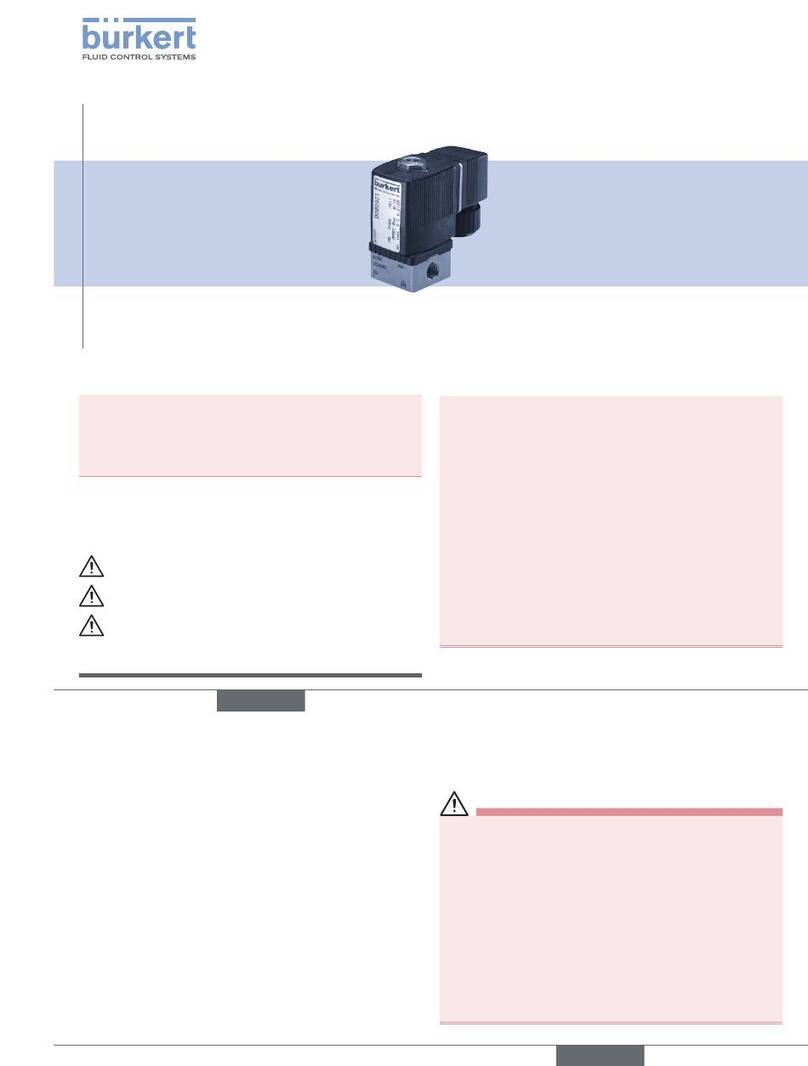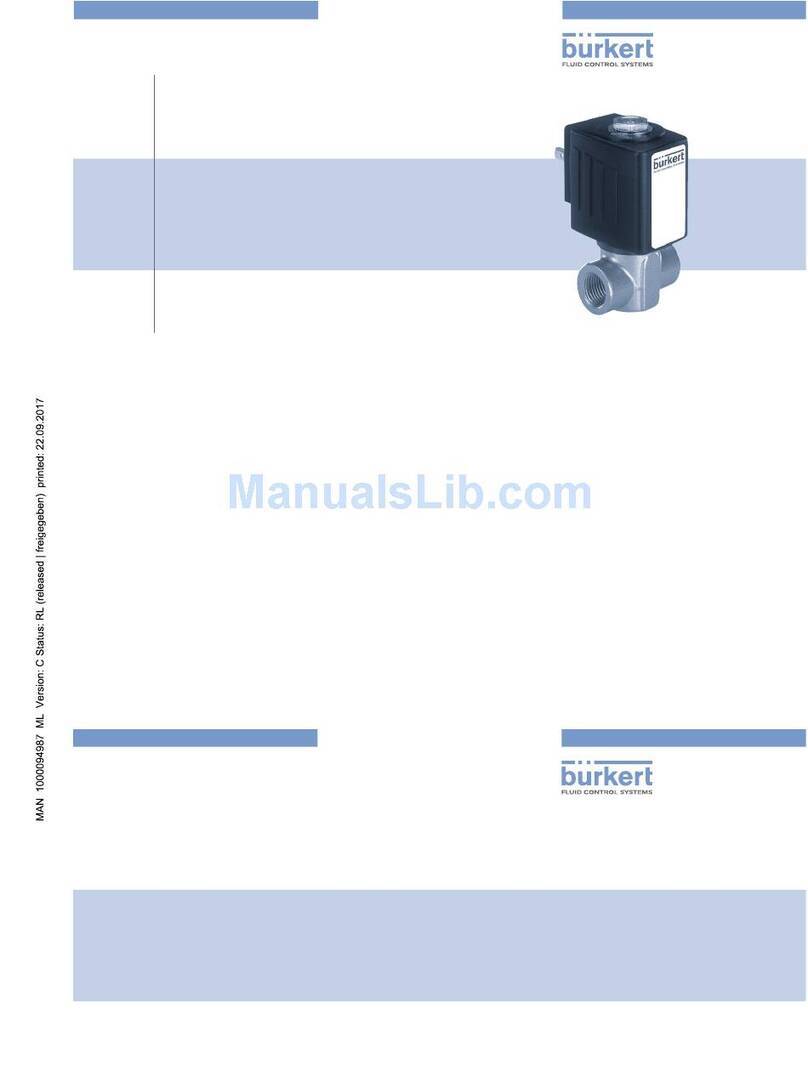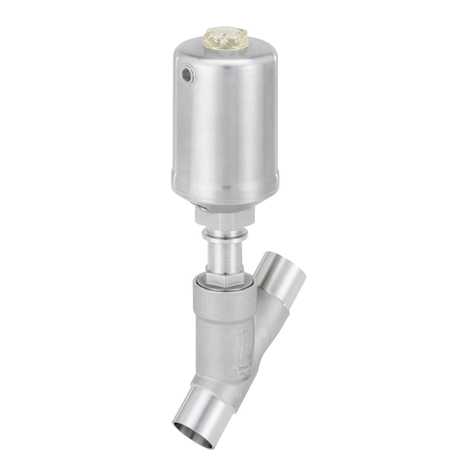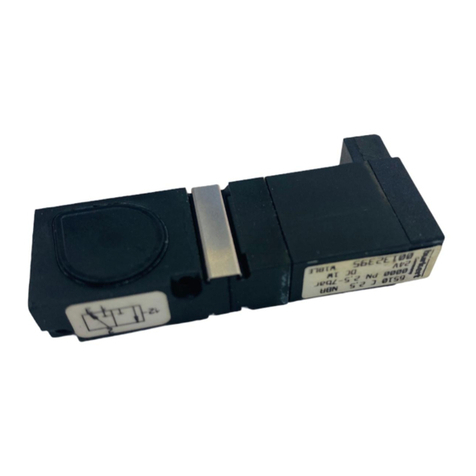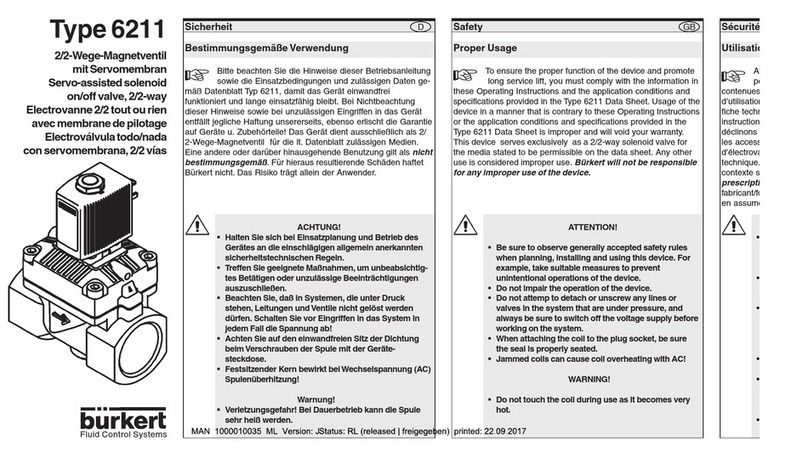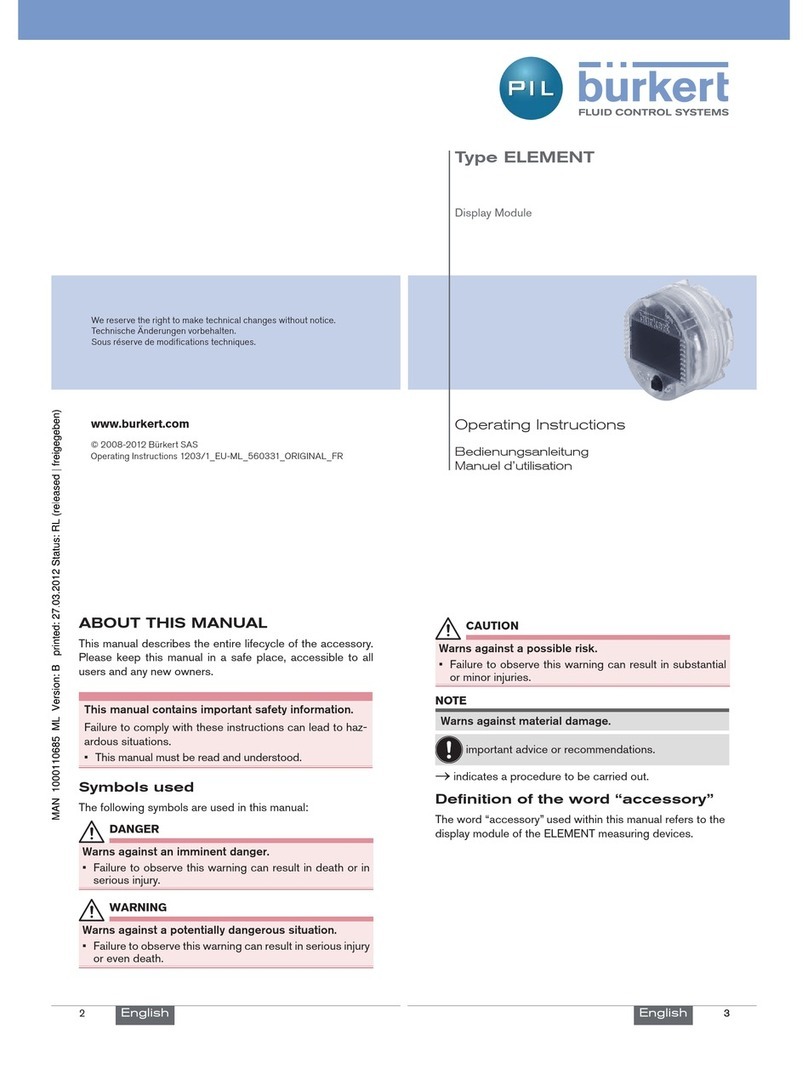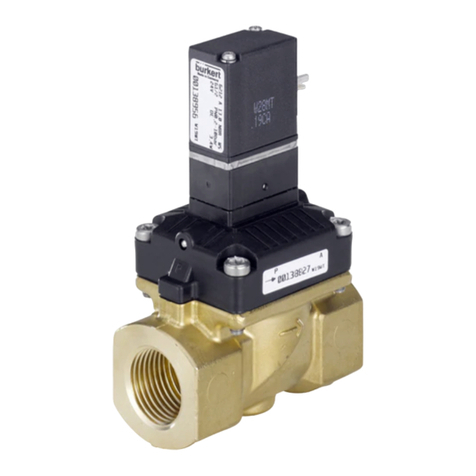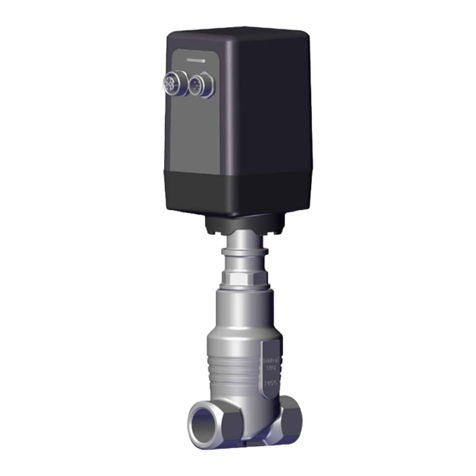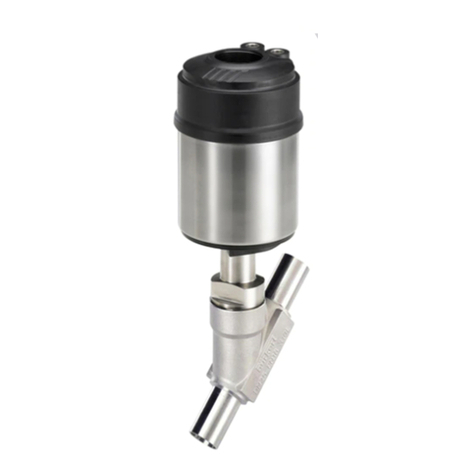
3
1 OPERATING INSTRUCTIONS ................................................................4
1.1 Symbols ....................................................................................... 4
1.2 Definition of the term "device" ................................................ 4
2 INTENDED USE .............................................................................................5
3 BASIC SAFETY INSTRUCTIONS ..........................................................5
4 GENERAL NOTES.........................................................................................6
4.1 Contact addresses ................................................................... 6
4.2 Warranty ...................................................................................... 6
4.3 Information on the Internet ...................................................... 6
5 SYSTEM DESCRIPTION ............................................................................7
5.1 General description .................................................................. 7
6 STRUCTURE AND FUNCTION...............................................................7
6.1 Structure ...................................................................................... 7
6.2 Function ....................................................................................... 8
7 TECHNICAL DATA ........................................................................................9
7.1 Conformity ................................................................................... 9
7.2 Standards .................................................................................... 9
7.3 Type label ..................................................................................10
7.4 Operating conditions ..............................................................10
7.5 Control functions .....................................................................16
7.6 Mechanical data.......................................................................16
8 INSTALLATION ............................................................................................16
8.1 Safety instructions ...................................................................16
8.2 Before installation ....................................................................17
8.3 Installing valve body ................................................................17
8.4 Pneumatic connection ............................................................19
8.5 Disassembly..............................................................................20
9 MAINTENANCE, CLEANING ................................................................ 20
9.1 Safety instructions ...................................................................20
9.2 Maintenance work ...................................................................21
9.3 Changing the valve set ...........................................................21
10 FAULTS ........................................................................................................... 23
11 SPARE PARTS.............................................................................................23
11.1 Replacement part set .............................................................23
11.2 Overview of spare parts .........................................................24
12 TRANSPORTATION, STORAGE, DISPOSAL ................................ 24
Contents
Type 2012
English

